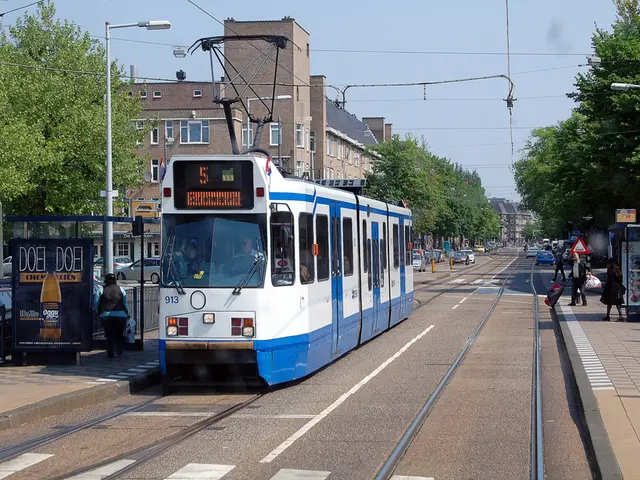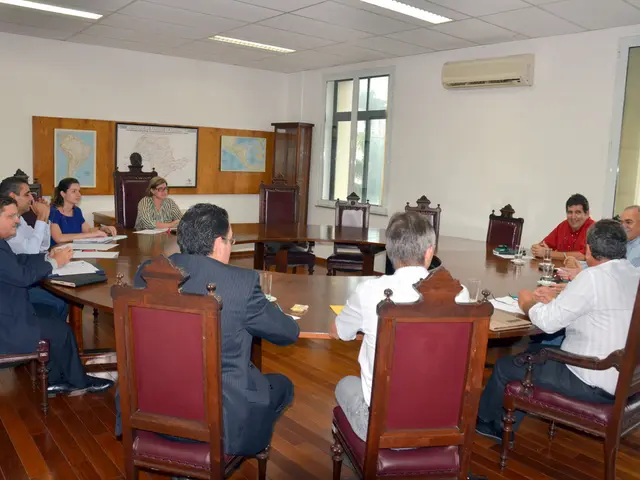Auto industry in India experiences pressure as Trump's 25% import tariffs take effect
In the dynamic world of international trade, the Indian auto components sector is currently grappling with significant challenges in the United States market. This is primarily due to the imposition of higher tariffs, which could potentially reduce India's exports to the US by 15-20% in the short term.
Since August 2025, a total tariff of 50% (combining an existing 25% and a new reciprocal 25% tariff) applies to Indian auto components in the US market, significantly impacting Indian competitiveness. The US, accounting for about 27% of India’s auto component exports, which totaled around $22.9 billion in FY25, is a crucial market for Indian exporters.
The sensitive nature of the Indian auto components sector, primarily composed of micro, small, and medium enterprises (MSMEs), makes it particularly vulnerable to global demands. Approximately 30-40% of these exports consist of components manufactured under multi-supplier programs, where US buyers can easily switch sourcing to alternative countries like Mexico or China without significant lead time, increasing the immediate vulnerability of this segment to tariff-related order reallocation.
Compared to other Asian countries, Indian auto component exporters are at a competitive disadvantage under the current US tariff regime. For instance, the US-Mexico-Canada Agreement (USMCA) allows Mexico and Canada to export auto components to the US tariff-free, given they meet local content and other requirements. Other key Asian suppliers like Japan (15% tariff), Vietnam (20%), and Indonesia (19%) face relatively lower tariffs than India’s 25%, further eroding India’s price competitiveness.
Despite these challenges, India continues to be a significant global hub for auto component production and exports, with the sector expected to reach $80 billion in exports by 2026. Ongoing investment is planned in localization, electric vehicle parts, and capacity expansion to mitigate import dependency and global tariff risks.
In summary, Indian auto component exports to the US are currently being curtailed by high US tariffs, placing them at a disadvantage compared to USMCA countries like Mexico and Canada, which enjoy tariff-free access. This dynamic is causing Indian suppliers to reconsider investment locations and market strategies to maintain their US market share.
- The high tariffs imposed on Indian auto components in the US market, amounting to a total of 50% as of August 2025, significantly impact the financial competitiveness of Indian exporters, particularly those in the sensitive auto components sector, primarily composed of micro, small, and medium enterprises (MSMEs).
- Given that the US is a crucial market for Indian exporters, accounting for about 27% of India’s auto component exports, and other key Asian suppliers like Japan, Vietnam, and Indonesia facing relatively lower tariffs than India, the current US tariff regime poses a financial threat to Indian auto component exporters, potentially leading to a loss of market share.




